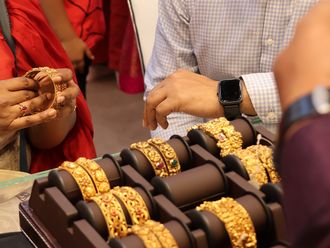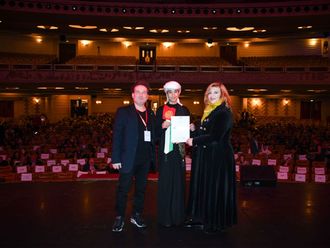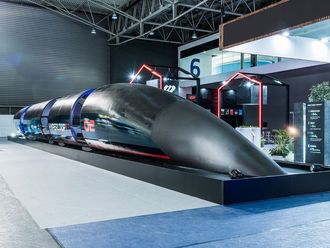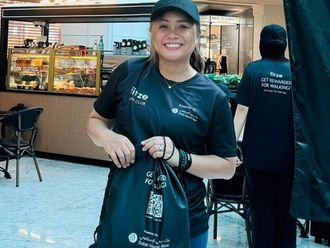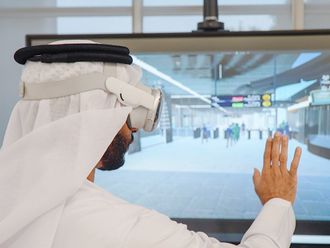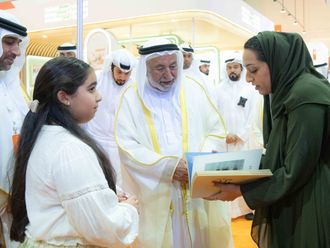Lt. Gen. Roy Cimatu, commander of the military forces in southern Philippines, believes that superior technology provided by the Americans will finally give local troops the capability to neutralise the extremist Abu Sayyaf in Basilan and Sulu provinces.
In a meeting with reporters in Zamboanga City Sunday, Lt. Gen. Cimatu said that had the Armed Forces of the Philippines possessed the same technology being used by the Americans "we could have already eradicated the Abu Sayyaf".
He noted that local troops are behind by 20 years in comparison with the Americans in terms of weapons and military hardware.
Since their arrival in Zamboanga City early this month, local troops and civilians have marvelled at the sight of American soldiers with their modern firearms and cutting-edge military hardware – gadgets that locals have only seen in Hollywood war films.
Children applaud and jump at the sight of huge American cargo helicopters, the Chinook, despite the fact that the powerful downdraft from its twin rotors wreak havoc on the tin and grass roofs of Zamboanga City houses.
Each of the 160 American soldiers, who belong to a corps of advisers schooled in training foreign troops in unconventional warfare, is deployed in a particular Filipino combat unit in Basilan.
On Sunday, U.S. Army Special Forces trainers showed National Security Adviser, Roilo Golez, the unit's communication equipment during Golez' visit to their camp in Basilan.
"What we see here is an amazing array of high technology equipment that they were able to assemble in so short a time," Golez remarked.
Lt. Col. David Maxwell, battalion commander of the 1st Special Force Group handling the Green Berets, explained that their equipment could directly communicate with their headquarters either in Okinawa, Japan, or Hawaii, "24 hours a day".
Later, Sgt. 1st Class Rudy Lindsey demonstrated the use of body armour, an M4 carbine and other devices that allow American soldiers to fight in total darkness and under poor weather conditions.
Watching them were Filipino soldiers, who only have their dark tan, rickety rifles - some of which date back to the 1950s Korean War – and occasional war wounds to show for their years of fighting in jungle conditions.
Military hopes to win war with hi-tech weapons
Lt. Gen. Roy Cimatu, commander of the military forces in southern Philippines, believes that superior technology provided by the Americans will finally give local troops the capability to neutralise the extremist Abu Sayyaf in Basilan and Sulu provinces.


